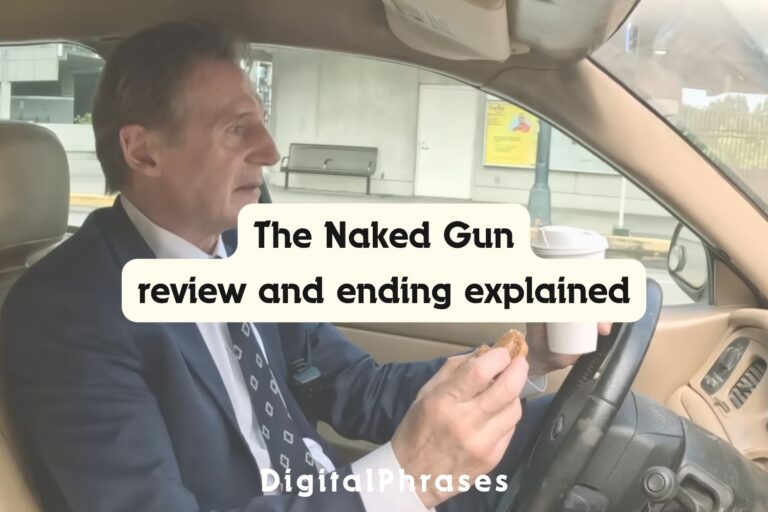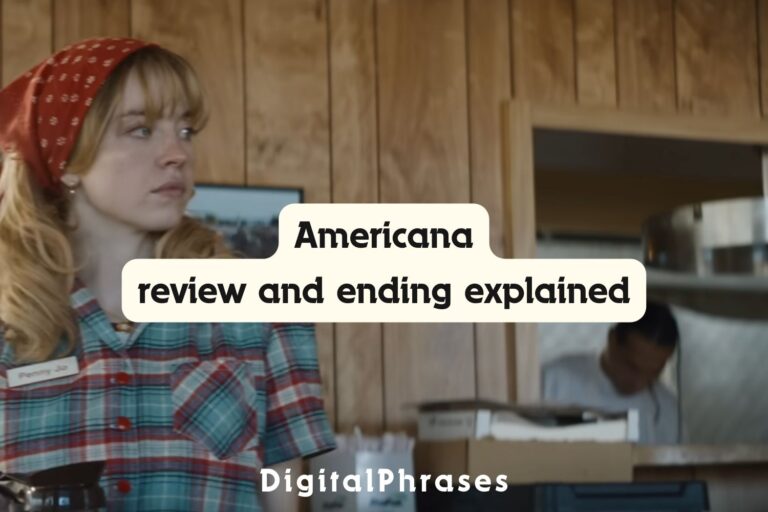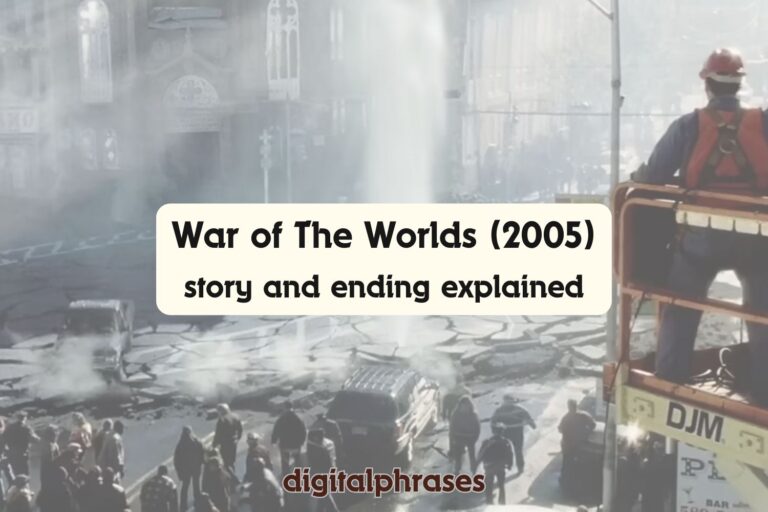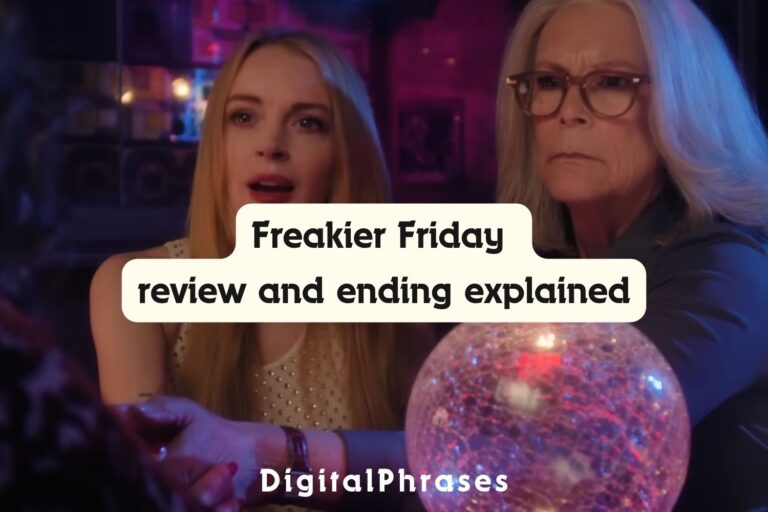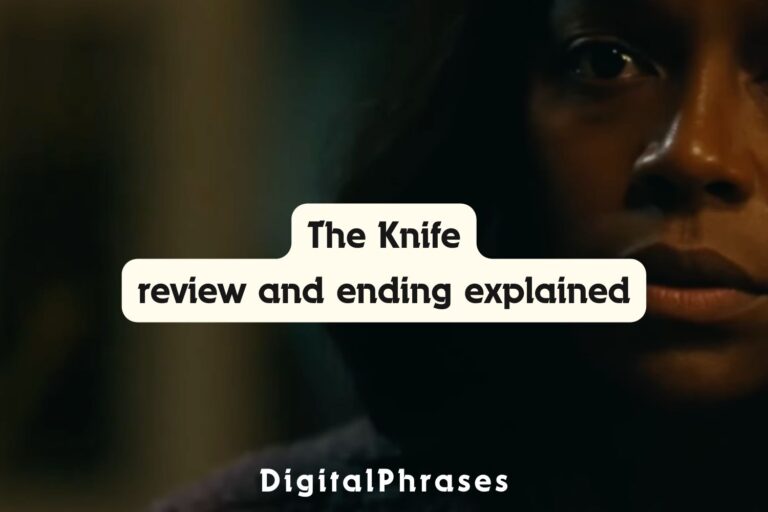Highest 2 Lowest Review and Ending Explained
Spike Lee’s Highest 2 Lowest isn’t just a remake of Akira Kurosawa’s High and Low—it’s a bold reinterpretation. With Denzel Washington and Jeffrey Wright anchoring the film, and a co-production between A24 and Apple, it feels both monumental and deeply personal. This is Lee swinging big: Kurosawa’s moral epic filtered through the lens of modern New York, race, music, and power.
Story Recap and Review
So let’s break this down. Highest to Lowest takes the skeleton of Kurosawa’s 1963 masterpiece and re-dresses it for our era.
Kurosawa’s version was about a wealthy shoe executive whose moral compass is tested when kidnappers mistakenly abduct his chauffeur’s child. Spike Lee transplants that exact premise into New York’s music industry—where Denzel Washington plays David King, a legendary record producer with “the best ears in the business.”
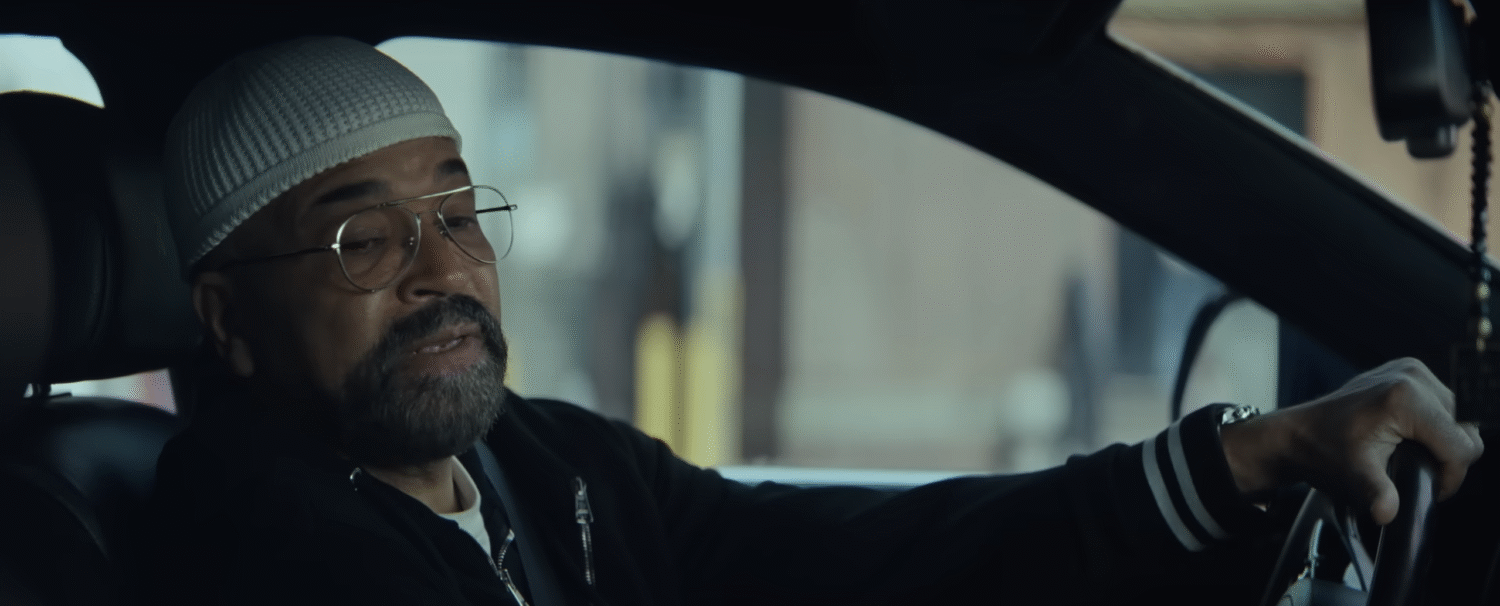
The setup is deliciously cinematic: David is introduced at the peak of his empire, an untouchable mogul who can spot the next superstar by hearing a single note. He’s charismatic, commanding, and maybe a little drunk on power.
His chauffeur and confidant Paul (played by Jeffrey Wright, who can do no wrong at this point) is the quieter, steadier counterpoint. And then—like Kurosawa—chaos erupts. Paul’s young son is kidnapped by mistake, and the kidnappers demand ransom not from Paul, but from David.
Here’s where the brilliance of High and Low shines through the Spike Lee remix.
The ransom is exorbitant—$17.5 million in this version—and David has to decide: does he sacrifice his fortune to save someone else’s child, or does he protect his empire?
Kurosawa staged this as a bomb with a slow fuse, gradually building claustrophobic tension inside a living room. Lee updates the cultural stakes: it’s not just about money, but about legacy, race, and fame.
Denzel’s performance hammers this home. He’s a man used to controlling every beat of the music industry, but suddenly life gives him a score he can’t conduct. When Denzel plays against type—vulnerable, holding back tears—you feel the weight. As an audience member, I found myself leaning in precisely during those moments where he wasn’t emoting. The restraint, the quiet terror, it reminded me of what Kurosawa coaxed out of Mifune in the original.
Visually, this is pure Spike Lee. If Kurosawa’s Yokohama was shaped by post-war Japanese anxiety, Lee’s New York is pulsing with parades, subways, Puerto Rican festivals, Yankee fans, and the omnipresent noise of a city that never shuts up. Multiple reviewers noted that Lee actually closed down streets, wrangled real parades, and shot with crowds that feel alive. This isn’t a sanitized studio New York. It’s the real deal.
One standout sequence?
The subway set piece. Just like Kurosawa’s iconic train scene, Lee gives us a sweaty, kinetic thriller moment that doubles as cultural collage.
Yankees fans swarm one car, festival music seeps in, and suddenly the ransom drop becomes less about logistics and more about the city swallowing David King whole. That’s pure Lee—chaos, culture, and commentary intertwined.
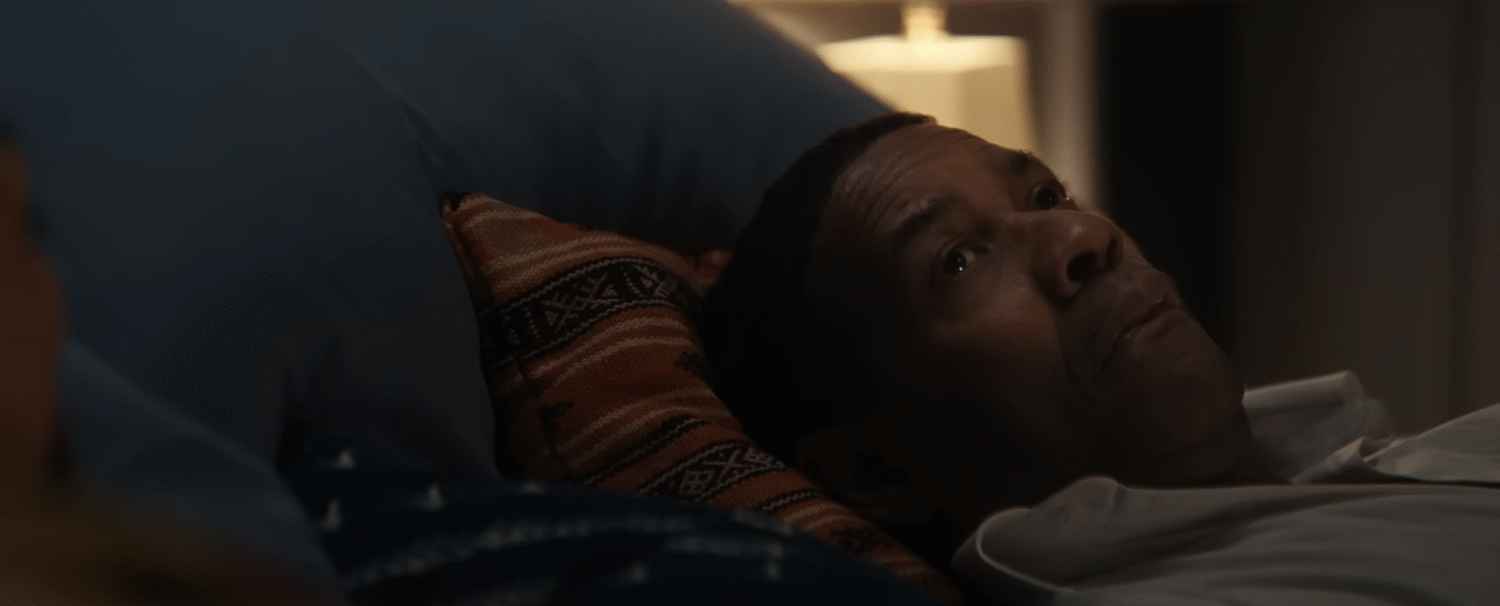
Let’s not forget Jeffrey Wright’s Paul. In many ways, he’s the audience surrogate: grounded, principled, aching for his son. The contrast between his working-class grind and Denzel’s skyscraper lifestyle is where the film’s class critique sharpens its blade. If Kurosawa was dissecting post-war economic divides, Lee is interrogating the gap between Black elites who’ve “made it” and those still at the mercy of systemic inequities.
And then there’s the inspired casting of ASAP Rocky and Ice Spice. You’d think stunt casting, right? But actually, Lee wrings surprising authenticity out of them, especially Rocky. His recording studio scene with Denzel becomes one of the film’s highlights. The two feed off each other, trading bars like Shakespearean monologues. It’s surreal, funny, and terrifying all at once—pure Spike.
Now, let’s be fair: this isn’t flawless. Multiple reviewers called out the first act’s clunky editing and overwrought score. Spike leans hard into melodramatic strings that sometimes feel like they’re doing the acting for the actors. The apartment scenes—David and his wife wrestling with grief and paranoia—are oddly staged. Continuity slips feel less like stylistic flourishes and more like mistakes. If you’ve seen Scorsese’s Shutter Island, where disorientation is a tool, you’ll get the vibe, but here it sometimes plays as messy rather than intentional.
But then the second half lands. The subway sequences, the cultural mashups, the heightened energy—suddenly, you feel like Spike Lee woke up and said, “Okay, enough foreplay, let’s make a Spike Lee joint.”
Ending Explained
Alright, cinephiles, here’s where things get juicy.
The ending of Highest to Lowest is both faithful to Kurosawa and distinctly Spike.
In Kurosawa’s High and Low, the final act is devastating: the businessman, having sacrificed everything, confronts the kidnapper in prison. It’s less about the crime and more about the human condition—the kidnapper’s resentment, the rich man’s loss, the cruel symmetry of class struggle.
Lee preserves that structure but layers in commentary on fame and art. After the ransom chaos resolves, David King is stripped of his empire, his wealth gutted, his image tarnished.
Remember the title: Highest to Lowest. The film literalizes that fall. But instead of a quiet prison exchange, Lee gives us something stranger: a surreal, borderline theatrical climax in a recording studio.
Here, David faces off against ASAP Rocky’s character, who embodies both the raw hunger of up-and-coming artistry and the cynicism of an industry that eats its young.
The dialogue slips into rap verses, Shakespearean cadence, and half-improvised riffs. It’s absurd and electric. And it’s deliberate. Lee is saying: this isn’t just about ransom money—it’s about how success, art, and capitalism corrode each other.
The choice to set this story in the music industry is key. Shoes in Kurosawa’s film represented post-war industrial capitalism—solid, utilitarian, aspirational. Records and streaming in Spike’s version represent something slipperier: art as commodity. By the ending, David is revealed not just as a man who once gave voices to others, but as someone who commodified those voices. His “fall” is both financial and spiritual.
Think about how Lee frames the recording studio showdown: Rocky spitting bars, Denzel echoing them back, both men channeling rhythm and rage. It’s like Lee is staging a battle for the soul of Black art itself. Who owns it? Who profits from it? Who gets left behind when the moguls fall?
What lingers after the ending isn’t just the thriller mechanics—it’s the question of what legacy looks like when tied to power. David King saved a boy, but lost his empire. Did he do the right thing?
Yes. Did it absolve him of a lifetime of exploitation and selfishness?
Not really. And that’s where Spike refuses neat closure.
The final scenes lean into ambiguity: David’s family fractured, his industry position gone, but his moral compass slightly restored. Jeffrey Wright’s Paul, meanwhile, emerges not as a victim but as a man whose dignity is intact, whose love for his son re-centers the film’s humanity. The class divide remains, but the moral high ground subtly shifts.
For me, what makes this ending so fascinating isn’t just that it honors Kurosawa—it’s that it provokes debate. Some critics argue the rap-culture commentary felt shoehorned into the third act. Others (myself included) see it as the perfect Spike Lee flourish: messy, theatrical, and alive. Remember, Lee’s never been about tidiness. He’s about provocation.
And compared to Kurosawa’s clinical, almost surgical dissection of morality, Lee’s ending feels sweaty, chaotic, and musical. That’s the point. He’s reinterpreting not just the story, but the storytelling.
So is Highest to Lowest a masterpiece?
Maybe not.
But is it one of the boldest reinterpretations of Kurosawa in decades? Absolutely. Lee doesn’t just retell High and Low—he wrestles with it, argues with it, remixes it into a distinctly Black, distinctly American parable.
The first act may stumble, but once it hits that subway, the film soars. Denzel is magnetic, Jeffrey Wright grounding, and the final recording studio showdown is the kind of sequence that cinephiles will be debating for years.
At its heart, this is a movie about how easily the “highest” among us can tumble to the “lowest.” But Spike Lee adds another layer: in that fall, maybe there’s a chance for humanity, art, and truth to shine through.

